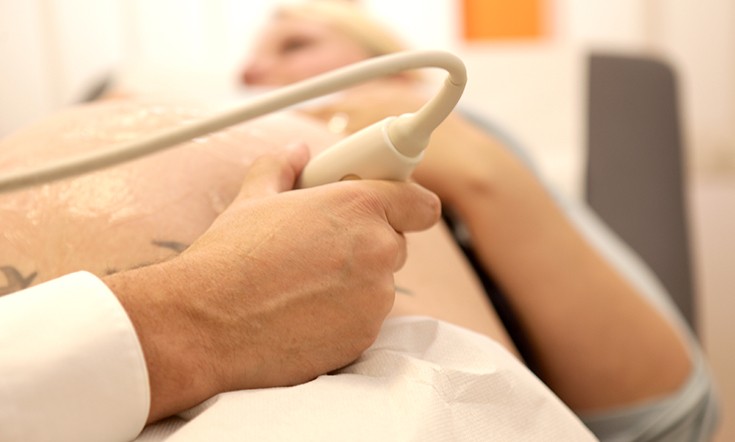

Gestational diabetes mellitus (GDM) is a diabetes that can occur during the second trimester of pregnancy (gestational) usually around the 24 – 28 weeks mark. The condition usually goes away after the birth of the baby. Here we answer all of your questions about GDM.
What is gestational diabetes?
It’s a condition that affects between 12-14% of pregnant women. It’s not the same as having pre-existing diabetes, and typically women don’t have any symptoms. It is diagnosed when a woman has higher than normal blood glucose levels during pregnancy.
When will I be tested for gestational diabetes?
All women are screened for it at their routine 24-28 week check-up. However, women who are at higher risk may be tested more often. You are at higher risk if you:
- Are above the healthy weight range or gaining too much weight in the first half of pregnancy
- Are over 35 years of age
- Have a family history of Type 2 diabetes
- Come from an Aboriginal and Torres Strait Islander or some Asian backgrounds
- Have had gestational diabetes before
- Have had polycystic ovarian syndrome before
- Have had a large baby before
- Are taking some kind of antipsychotic or steroid medications
What is the test for gestational diabetes?
The ‘glucose tolerance test’ is the diagnostic test used. You will be required to fast for 10 hours (which is generally overnight and you’ll skip breakfast). First, a blood test is taken. Then you will drink a glucose drink, followed by further blood tests one and two hours later. You’ll need to stay at the laboratory for the full two hours.
What are the potential risks of having gestational diabetes?
Most women with GDM will have a healthy pregnancy, normal delivery, and a healthy baby.
About 30% of women with GDM have larger than average babies. As a result, they are more likely to have interventions in labour, but the baby will not be born with diabetes.
Studies have suggested that women who develop GDM have a 50% increased chance of developing type 2 diabetes later in life, and that their baby is also at greater risk of developing type 2 diabetes in life.
What is the treatment for GDM?
Some women may need no treatment, while others need a strict diet, or insulin injections.
You may be referred to an obstetrician or dietitian, who will advise you further. A healthy low-fat, low-sugar diet and regular exercise can help reduce blood sugar levels. Read What Should Be Included in a Gestational Diabetes Diet?
What about the birth and risks to my baby?
If your baby is larger than normal, it will be recommended that you give birth in a hospital as it might lead to birth difficulties.
2-4 hours after the birth of your baby, they will receive a heel prick blood test to check whether their blood glucose is at a safe level. If it can’t be maintained at a safe level, they may be given a drip.
You will be able to stop all treatments after the birth, and will be offered a test to check your own blood glucose levels before you go home.























